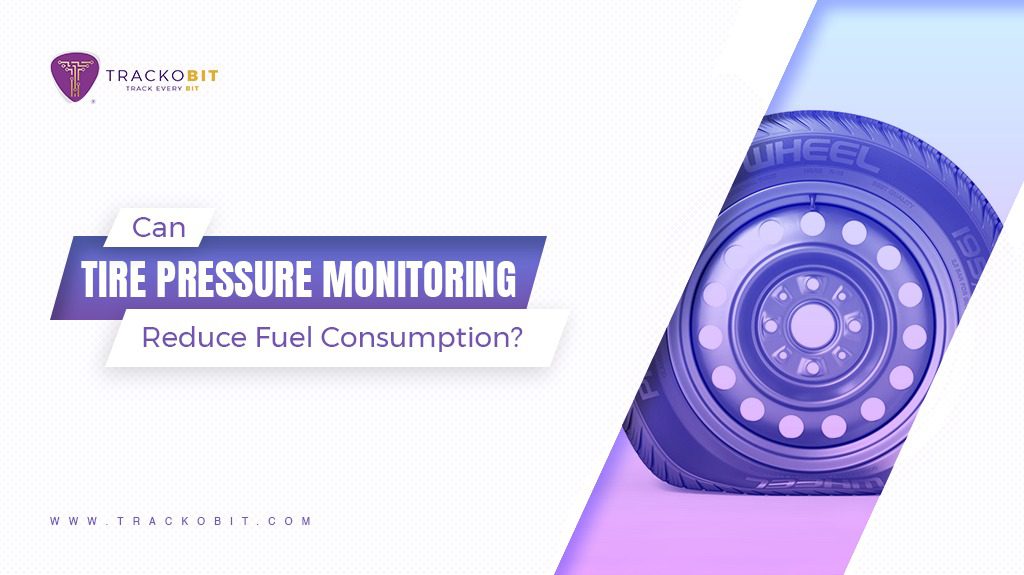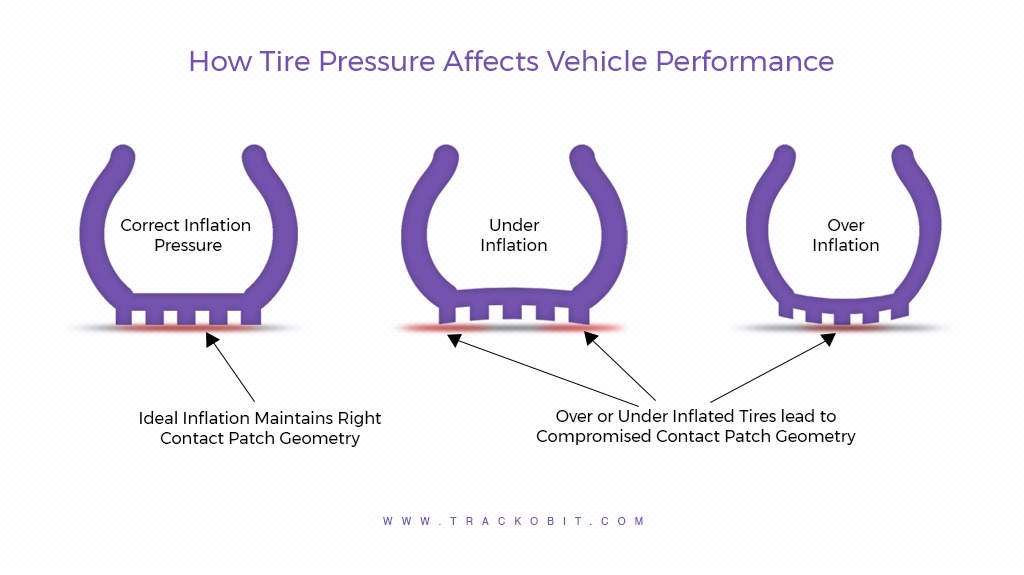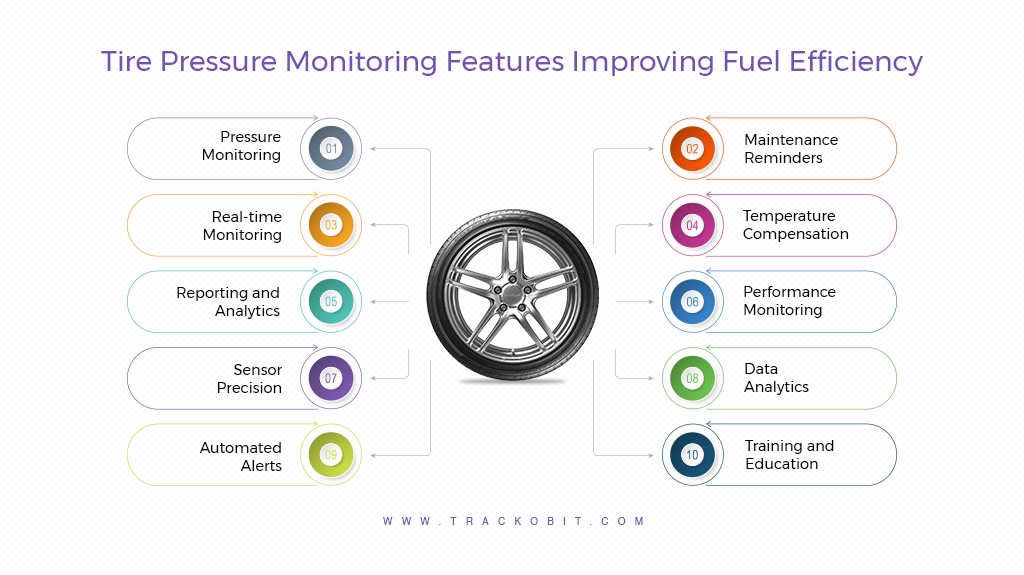-
TrackoBit
Manage commercial vehicles with the new-age Fleet Management Software
TrackoBit -
TrackoField
Streamline your scattered workforce with Field Force Management Software
TrackoField -
Features Resources
-
Blog
Carefully curated articles to update you on industrial trends. -
White Paper
Insightful papers and analysis on essential subject matters. -
Glossary
Explore an alphabetical list of relevant industry terms. -
What’s New
Get TrackoBit & TrackoField monthly updates here. -
Case Study
Explore the cases we solved with our diverse solutions. -
Comparisons
Compare platforms, features, and pricing to find your best fit.
-
About Us
Get to know TrackoBit: our team, ethos, values, and vision. -
Careers
Join the most dynamic cult of coders, creatives and changemakers. -
Tech Support
Learn about our technical support team and services in detail. -
Events
Check out the exhibitions where we left our marks and conquered. -
Contact Us
Connect with us and let us know how we can be of service.
How Tire Pressure Monitoring Systems Reduce Fuel Consumption
- Author:Ayushi Nagalia
- Read Time:9 min
- Published:
- Last Update: October 13, 2025
Table of Contents
Toggle
Tyre pressure monitoring systems are much more than just keeping your vehicles in check. They improve vehicle performance, reduce fuel consumption, boost fleet safety, and much more!
Table of Contents
Toggle
Do you want to save fuel in your fleet by at least 8%?
We bet you said “Heck yeah!” to that question.
Which fleet manager wouldn’t? Fuel costs are about 40% of total operational costs of the fleet!
If you’ve tried all fuel monitoring solutions and good driving practices but want to go the extra mile, we’ve got a solution for you!
Tire Pressure Monitoring systems!
Now, are you wondering how on Earth will a tire pressure monitoring systems make THAT big a difference in fuel consumption? Well, that is exactly what we’ll talk about in this blog!
What Is Tire Pressure Monitoring Systems? (In Relation to Fuel Economy)
Picture this: Every time any of your vehicles has an under inflated tyre, you are dealing with a sneaky fuel thief. Without you even realising it, the tyre will steal precious liquid gold with every rotation made on the trip.
Sneaky, right?
But that’s not all!
Overinflated tyres are equally bad and malignant. But when you have to deal with these thieves, you do not have to fear a thing if you have a hero in the picture – Tyre Pressure Monitoring Systems!
Generally working within a fleet management software system, Tire Pressure Monitoring System (TPMS) leverages real-time monitoring capabilities and cutting-edge sensors to keep a watchful eye on your vehicles’ tyre pressure.
The system can easily detect any deviations from the ideal PSI levels faster than any driver on the planet – regardless of their expertise. So, the moment a tire in your fleet ecosystem starts misbehaving, TPMS rings the alarm, alerting both you and your drivers to make quick amends.
The right tyre pressure is the key to your fleet management system becoming a fuel-saving superhero, especially with dedicated fuel management systems in place.
A tyre pressure monitoring system is what will give you the confidence to say goodbye to wasted fuel due to underinflation or overinflation.
Other than saving fuel, though, TPMS has other ways of converting your fleet into a resource-saving maestro. With the right pressure levels, TPMS extends your tyres’ lifespan, reduces tyre maintenance and fleet operational costs, and ensures safer trips.
How Does Tire Pressure Relate to Fuel Consumption?
Are you wondering if we are making tall claims? How can something as simple as tyre pressure relate to something as big as fuel consumption?
Well, be ready to have your mind blown. We will explain the three primary factors about tyre pressure that make a logical and significant impact on your fuel economy.
Proper Inflation
Proper inflation – maintaining the optimum PSI levels is one of the key factors in maintaining proper tire health and reducing fuel costs.
Be it an overblown or an under blown balloon, it won’t sit well in your party decoration, right? That is the case with tire pressure as well. Be it over inflated or underinflated, it will cause issues in your fleet – so avoid them at all costs.
Why does this happen? Hint: the engine doesn’t like bad psi readings.
Rolling Resistance
News flash: The only thing between your vehicles and the road is your tires. So, they make a huge difference in the energy a vehicle needs to run on the road.
The amount of energy required to compensate for the friction between the tire and the road is the rolling resistance experienced by your engine. Higher rolling resistance means your engine needs to work harder, resulting in increased fuel consumption.
Proper tire health, including inflation, tread depth, and alignment, helps minimise rolling resistance and maximise fuel efficiency.
Contact Patch
The point where the tires touch the road is where the tire takes the most damage. This point is known as the contact patch/point. Since this area determines how much traction and control a vehicle has over the road, it plays a huge role in fuel consumption.
A larger contact patch provides better stability, control, and traction. When tires are worn out, deflated, or improperly inflated, the contact patch increases, compromising both fuel economy and your vehicle’s safety. By ensuring your tires are in good condition, you can maintain an optimal contact point and enhance fuel efficiency.
Why Are Both Over and Under Inflation Bad for the Fuel Economy?
Remember this: Proper tire pressure and inflation are not just about safety and comfort, they’re deeply linked to (and can be the improvement keys in) your quest for reducing fuel budgets and maintaining optimum resource efficiency.
Now that you are aware of the reasons why TPMS plays such a crucial role in fuel economy, you might want to over or under inflate your tires to get some results. But that’s the thing – both the conditions have their own issues.

Effect of High Inflation on Fuel Consumption
You might get all pumped up (pun intended) and decide to overinflate your vehicle’s tires thinking that doing so will reduce pressure on the engine. But here’s the catch – even if you do combat rolling resistance, you still face an issue with uneven wear and tear due to overinflation.
When tires are overinflated, the contact patch decreases. And this leads to not just damaging the tire itself, but also leading to higher fuel consumption.
The smaller the contact point, the minimised the traction from the road – giving the vehicle a run for its buck in maintaining control. As a result, your engine has to work harder to compensate for the reduced grip, ultimately consuming more fuel in the process.
Effect of Low Inflation on Fuel Consumption
Now, on the flipside, if we focus on underinflation – things obviously do not look good. Your tyre, while looking like a deflated balloon, will rob your fleet of all the fuel you hold precious. With insufficient air pressure in the tyres, the rolling resistance will increase – leading to your engine getting hungrier for the extra work it is doing. Your engine has to work overtime to overcome the extra friction.
With underinflated tires, your vehicle’s fuel consumption skyrockets. In fact, every 1 psi drop in tire pressure can lead to a 0.3% decrease in fuel efficiency. Now, multiply that by the number of underinflated tires in your fleet. Scared? Well, we are for you! So let us look at some solutions in the next section.
How to Leverage Tyre Pressure Monitoring Systems for Better Fuel Economy
By now you have a pretty clear idea of why tyre pressure monitoring systems from fleet management software are important to manage fuel economy.
So, now that you understand the critical role of tire pressure in fuel monitoring, it is time to see how you can harness the power of technological advancements to your benefit. Let us look into the benefits of proper TPMS in optimising your fleet’s fuel economy!
Pressure Monitoring
The primary purpose of TPMS is that it tracks the pressure in each tyre in your fleet – be it in a primary or secondary manner. By doing so, the system can tell you what the psi level in each tyre is, and if the actual pressure is deviating from the optimum pressure.
Real-time Monitoring
TPMS provides real-time vehicle monitoring capabilities, allowing you to keep track of tyre pressures for each vehicle in your fleet. Because of the rapid visibility, you can take immediate action if any deviations from the desired PSI levels are observed.
Reporting and Analytics
The TPMS system generates detailed analytics on tyre pressure trends, fuel use, and cost savings. These insights allow you to monitor the efficacy of your fuel-saving methods, discover areas for improvement, and make data-driven decisions to optimise resource consumption.

Sensor Precision
The best fleets have precise and laser-focused sensors. But they don’t have any benefits with a good TPMS. The best tire pressure monitoring systems will use your hardware to its best of capabilities and collect accurate readings of tyre pressure. The software is designed to detect even minor deviations from the recommended levels, ensuring that you have reliable data to optimise fuel consumption.
Automated Alerts
When tyre pressure difficulties emerge, TPMS sends automated alerts to both fleet managers and drivers. These notifications work as proactive reminders to resolve the issue as soon as possible, ensuring that your fleet maintains the optimum pressure levels for maximum fuel efficiency.
Maintenance Reminders
Based on tyre condition, TPMS can produce maintenance reminders, ensuring timely inspections and replacements. It’s a good idea to rotate your tyres twice a year anyway, so that all fours get the same amount of wear and tear. By keeping up with tyre care, you can save money on gas and avoid costly breakdowns or accidents caused by worn-out tyres.
Temperature Compensation
TPMS takes temperature into consideration while calculating tyre pressure. When tyres heat up over long drives, the air within expands, causing pressure to rise. Temperature fluctuations are compensated for by TPMS, allowing you to retain accurate pressure readings and make adjustments as needed.
Performance Monitoring
With TPMS, you can track the performance of individual tyres in your fleet. You can reduce extra and unnecessary fuel consumption due to underinflation or overinflation. This is done by identifying certain tyres that consistently depart from the appropriate pressure range.
Data Analytics
The longer you use a tyre pressure monitoring software, the more data it will collect on your fleet’s tyre pressure, performance, traction, and health. The software can then display all this data in bite-sized format through advanced analytical reports. By leveraging this data, you can identify patterns, detect possible issues, and make informed decisions to improve fuel economy through maintained tyre health.
Training and Education
You can use the Tire Pressure Monitoring Systems as a training tool to educate drivers about how they can help reduce fuel economy through proper tyre health maintenance. By inculcating awareness and providing guidelines, you can help drivers to take an active role in maintaining optimal tyre health and fuel efficiency.
Summing Up
There you have it! A complete guide to the benefits of TPMS in helping reduce fuel consumption in your fleet.
Sometimes it is the little things that make the world of a difference. So, what are you waiting for? Get the right TPMS system now! And if you are not sure where to look for the right tyre pressure monitoring system for your commercial fleet, we’ve got you covered!
TrackoBit’s TPMS is powerful enough to save you at least 10% on your annual fuel budget! Sounds interesting? Great!
Ayushi Nagalia is a Senior Content Specialist at TrackoBit. She is a marketing maverick with a lush background in literature. With years of experience crafting content for various niches, she speciali... Read More
Related Blogs
-

When Tracking Needs a Clock: Rethinking Fleet Visibility
Tithi Agarwal December 24, 2025Read on to understand why fleet tracking works better when it follows working hours. Because visibility should support operations, not…
-

What Makes TrackoBit’s Video Telematics Software Truly Next-Gen?
Shemanti Ghosh December 17, 2025TrackoBit’s video telematics software blends smart video intelligence with full server control. The result? Superior fleet reliability and safety.
-

Plug, Pair, Perform TrackoBit Introduces BLE Sensor Integration
Tithi Agarwal November 26, 2025TrackoBit’s BLE Sensor Integration enables wireless, real-time monitoring with faster installs and accurate insights. It improves fleet efficiency, visibility, and…
-

How to Use Driver Behavior Reports as a Sales Hook to Close Big Fleets
Tithi Agarwal October 16, 2025TrackoBit’s driver behavior reports empower fleet providers to win big contracts by showcasing safety, efficiency, and measurable ROI.

Subscribe for weekly tips to optimize your fleet’s potential!
Your inbox awaits a welcome email. Stay tuned for the latest blog updates & expert insights.
"While you're here, dive into some more reads or grab quick bites from our social platforms!"Stay Updated on tech, telematics and mobility. Don't miss out on the latest in the industry.
We use cookies to enhance and personalize your browsing experience. By continuing to use our website, you agree to our Privacy Policy.

































